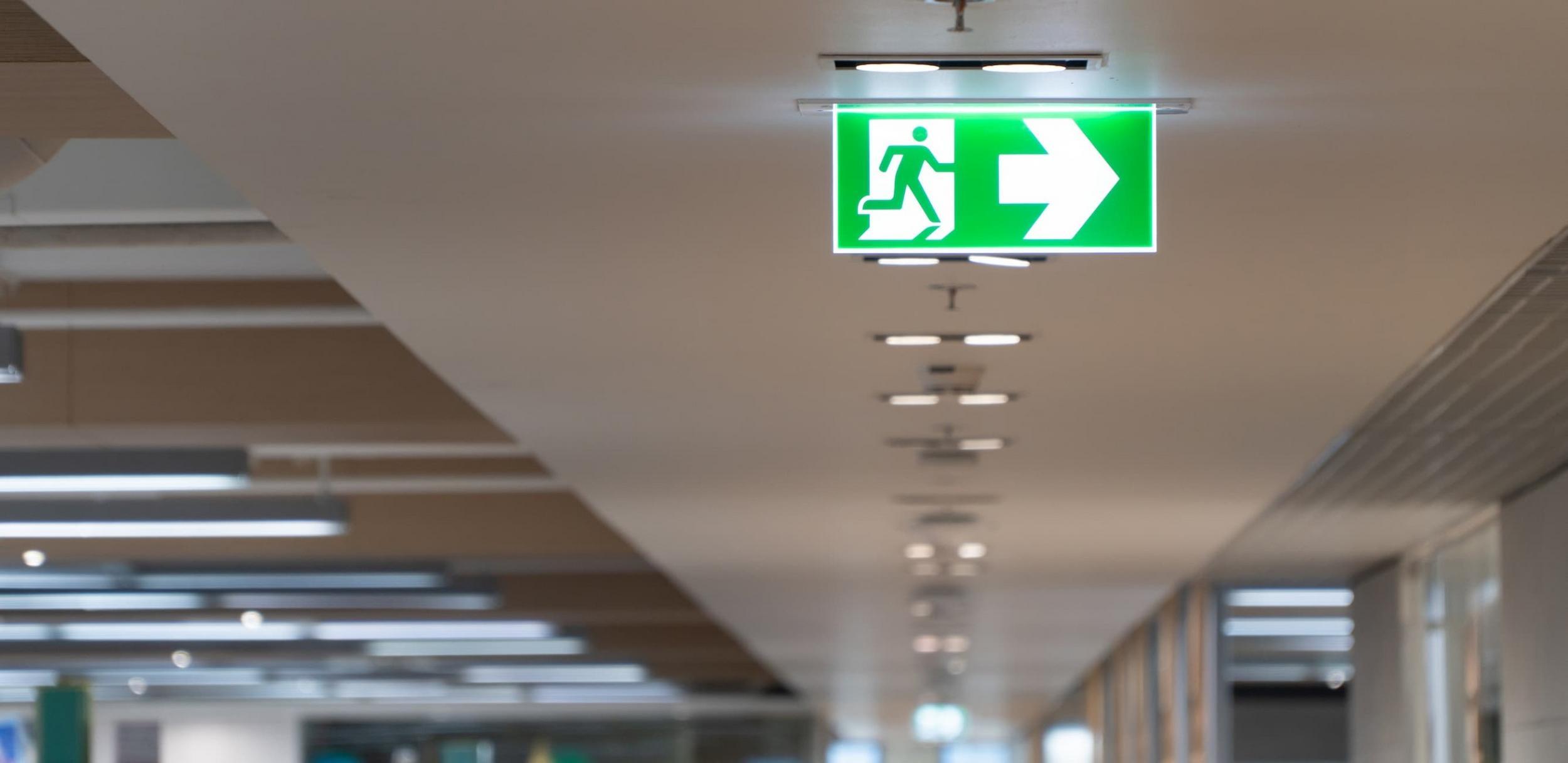
WRITTEN BY ANDY NOLAN
Andy Nolan works as a Product Manager for Helvar’s Digital Services solution, Helvar Insights. He has 30 years of experience in the Building Services Industry and holds a degree in Building Services Engineering from the University of Hertfordshire.
Emergency lighting is a critical component in a building, designed to help people leave the building safely in an emergency. Therefore, it is essential that the emergency lighting operates as required, and for that reason, the testing and maintenance of these systems are a legal requirement that must be fulfilled by a building’s owner and the facility management.
Regulations may differ slightly from country to country. For example, in the UK, you are required to do a functional test of every emergency luminaire monthly to ensure that it is working and an annual duration test to ensure the batteries and the luminaire work for a minimum of three hours.
The drawbacks of manual emergency lighting testing
When done manually, the testing, monitoring and recording of the results of these tests are very labour intensive. Additionally, when there are people in the building, to prevent the potential for disruption to normal activities and the need to have the batteries of the emergency luminaires fully charged, means that the tests are usually completed in the evenings or at weekends, resulting in an added overtime cost for the test engineers.
It is often the case with manual emergency lighting testing that inspection record books are managed manually, which can be prone to error, resulting in the possible loss of crucial records, leading to far greater consequences.
There are many ways to calculate the annual cost of manual emergency lighting testing. The cost of monthly function tests and the annual duration test can easily be in the region of £3000 a year in the UK, depending on the size of the building and number of emergency luminaires. The Fire Protection Association reminds us that the costs of failing to monitor and maintain emergency lighting can be very high, with hefty fines and potential prison sentences for failure to comply. In the worst case, a faulty emergency lighting system may result in injury or a loss of life.
This whole process can be automated by using DALI self-contained emergency luminaires connected to an automated test system with automated/digital records.
